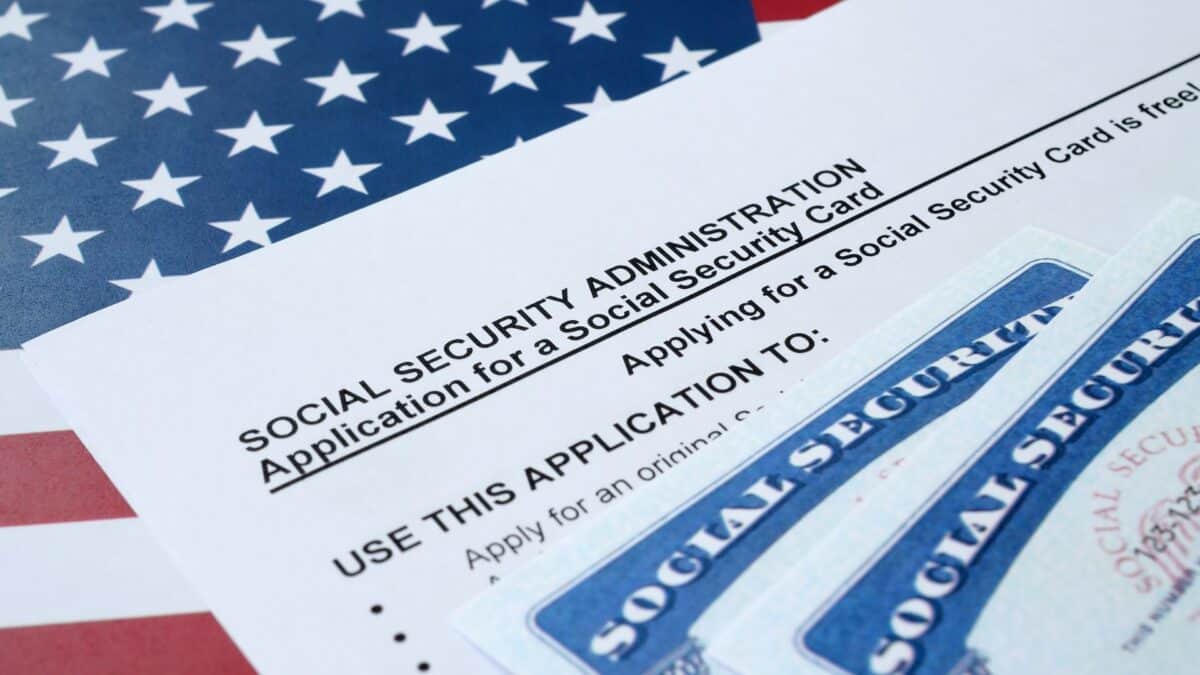The Social Security Administration (SSA) is implementing a significant change to its identity verification process starting in June 2025. This overhaul comes in response to an increasing number of fraud cases and attempts at identity theft that have plagued the system in recent years. The new policy will require anyone applying for benefits or making changes to their accounts to undergo in-person verification at a local SSA office, a decision expected to impact millions of retirees and new applicants alike.
As over 68 million Americans rely on Social Security benefits, including retirement, Supplemental Security Income (SSI), and Disability Insurance (SSDI), the decision is raising concerns about potential delays in payments, especially for those who depend on these funds for their livelihood. While the SSA has framed this as a necessary step to protect public trust and secure the system, many beneficiaries are anxious about how these changes will affect their access to essential benefits.
Stricter Verification Measures: The End of Online-Only Processes
Under the new SSA policy, the previous online-only verification process will no longer suffice. It will now require certain applicants and beneficiaries to visit a local office and present original documents, such as passports, driver’s licenses, or birth certificates, for verification. This change comes in response to a marked rise in stolen Social Security numbers and fraudulent claims, which the SSA cites as a growing concern in its annual report.
The pandemic accelerated digitalization, which, while increasing convenience, also exposed vulnerabilities in the system. The SSA’s decision to introduce in-person checks is aimed at securing the system from fraud and ensuring that every dollar reaches its rightful recipient. However, this shift raises concerns about long wait times at offices, as many locations are already facing staffing shortages.
Concerns for Retirees: Potential Delays in Payment
For retirees, the new in-person verification process could bring about delays in the timely receipt of benefits. Many Social Security beneficiaries rely on these payments as their primary or sole source of income, and any disruption could have significant consequences. Retirees are particularly concerned about the already long wait times at SSA offices, which may be exacerbated by the new verification requirements.
It has assured the public that they will strive to keep the verification process efficient, but experts warn that the logistical challenges of implementing such a system could lead to delays. Furthermore, many elderly retirees may have difficulty traveling to SSA offices due to mobility issues or lack of transportation, further complicating the process.
The SSA is changing forever—this official decision will affect both retirees and those receiving SSI and SSDI—the United States is implementing a new measure that will transform the way benefits are calculatedhttps://t.co/VZXmf6dstf
— SCMcGee Never Give Up On Hope (@McGee06708992) June 18, 2025
New Applicants: Be Prepared for Lengthier Processes
New applicants for Social Security benefits will also need to adjust to the new verification procedures. Those applying for benefits for the first time should prepare for potentially longer processing times as the SSA works to implement these changes. It recommends that applicants gather all necessary original documents and ensure that their information matches their official records before visiting the office.
Applicants are advised to make appointments in advance to avoid unnecessary delays. It is also suggested that they submit photocopies of their original documents to expedite the process. The SSA has emphasized the importance of staying organized to ensure that the verification process goes as smoothly as possible.
Safeguarding the Social Security Trust Fund
The tightening of identity verification is primarily aimed at protecting the Social Security Trust Fund. According to the SSA’s Office of the Inspector General, fraud has resulted in nearly $8 billion in losses over the past decade. This amount is equivalent to the average payment for about 600,000 retirees. The new verification process is intended to prevent fraudulent claims and ensure that funds are directed to the right individuals.
While the SSA’s effort to secure the system is crucial, public policy experts have warned that these additional barriers could exclude some people, particularly those who struggle with technology or have difficulty accessing to offices. As a result, while the new policy may address fraud, it could also inadvertently create obstacles for vulnerable populations.









